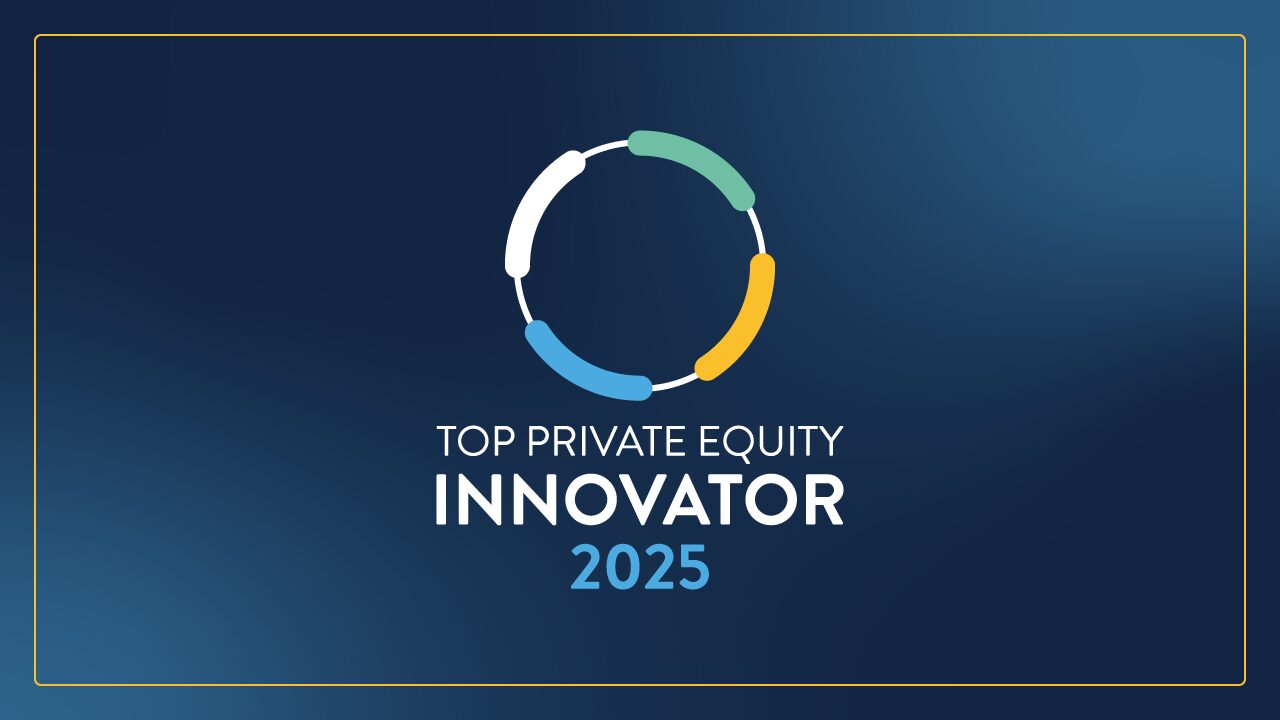Mergers and acquisitions (M&A) are not simply financial transactions. They involve complex changes in organizational structure, culture, systems and processes.
The post-merger integration (PMI) process is a critical component of any M&A deal. PMI refers to the process of integrating two or more organizations after a merger or acquisition.
With the right strategies and framework in place, businesses can ensure a smooth transition.
Let’s discuss some of the key aspects of this challenging process.

READ MORE: Merger Planning & Integration: Best Practices for Private Equity Firms
Preparing for Post-Merger Integration
Preparing for the integration process involves creating a PMI plan and timeline, as well as developing strategies for effective communication and stakeholder engagement. These are essential for ensuring buy-in and support from employees, customers and suppliers.
Here are some things that might be part of that plan and timeline:
- Identifying key stakeholders
- Creating a PMI team
- Conducting due diligence
- Developing a communication plan
- Creating a detailed integration plan with clear target dates
- Assigning responsibilities and roles
- Establishing a process for issue resolution and decision-making
- Developing a change management plan
- Creating a risk management plan
- Defining success metrics and benchmarks
- Establishing a timeline for monitoring progress and making adjustments as needed.
Execution of Post-Merger Integration
The execution of PMI involves several critical steps, including identifying and addressing cultural differences, harmonizing systems and processes, ensuring regulatory compliance and addressing talent management issues. Failure to address these issues can lead to a lack of alignment, lower employee morale and decreased performance.
CASE STUDY: Operations Integration: Industrial Park Carveout
One of the most significant challenges during the PMI process is identifying and addressing cultural differences. That’s because failure to address cultural differences can lead to significant issues down the road. An experienced interim CHRO can be a great resource for these situations.
Harmonizing systems and processes is another critical step in PMI. This involves aligning IT systems, financial reporting and other key processes. Harmonization ensures that the new organization operates efficiently and effectively, and that there are no redundancies or duplications.
READ MORE: Hire an Interim CFO
It’s also essential to identify and address any regulatory requirements and ensure that the new organization is compliant with all relevant laws.
Finally, addressing talent management issues is critical for ensuring that the new organization has the right people in place to reach its goals. By identifying key talent, developing retention strategies and creating a plan for integrating employees from both organizations, you’re much more likely to have a smooth transition.
Measuring the Success of Post-Merger Integration
Working together to establish objectives and key results (OKRs) before joining the two organizations is essential. This is how you’ll know whether everything is going to plan and objectives are being reached.
Focus on the metrics that are most important to your business, when they need to be achieved by and how you plan to report them to key stakeholders.
READ MORE: Hire an Interim CHRO: Navigating Challenges, Creating Value
Success metrics may include financial metrics such as revenue growth, profitability and return on investment (ROI). It could also mean employee satisfaction, customer satisfaction and market share.
Whatever key performance indicators (KPIs) you choose, they should be directly tied to your bottom line.
Post-merger integration is a complex and challenging process, but with the right framework in place, businesses can ensure a smooth transition.
If your business is considering a merger or acquisition, it’s essential to have a comprehensive PMI framework in place. The right one will help your business mitigate risks, harmonize systems and processes and address cultural differences, regulatory compliance and talent management issues.
The PE-grade resources in the BluWave network can help you create that framework and get the maximum value out of your new business relationship. Contact our research and operations team to set up a scoping call and get connected with a best-fit service provider in less than one business day.


